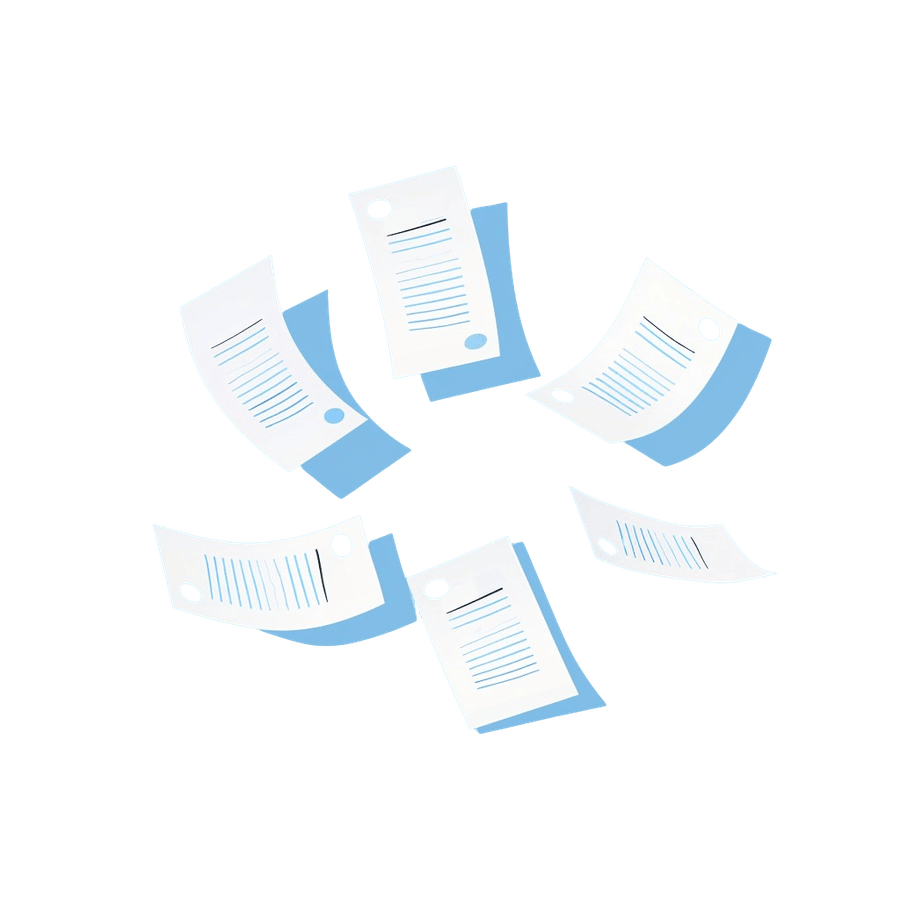Freelancers and small business owners in Switzerland are masters of their craft – yet many struggle with the hassle of invoicing. I’ve seen firsthand how administrative tasks like invoicing can eat up precious time and energy.
Today, I want to help you reclaim that time.
Imagine creating a professional, legally compliant Swiss invoice in just minutes, with confidence that it meets all requirements and impresses your clients. That’s exactly what our free Swiss invoice template is designed to do. In this article, I’ll walk you through how this template can simplify your invoicing, ensure compliance with Swiss laws (including VAT), and even share some pro tips to get you paid faster with fewer errors.
Let’s dive in and transform the way you handle invoices!
